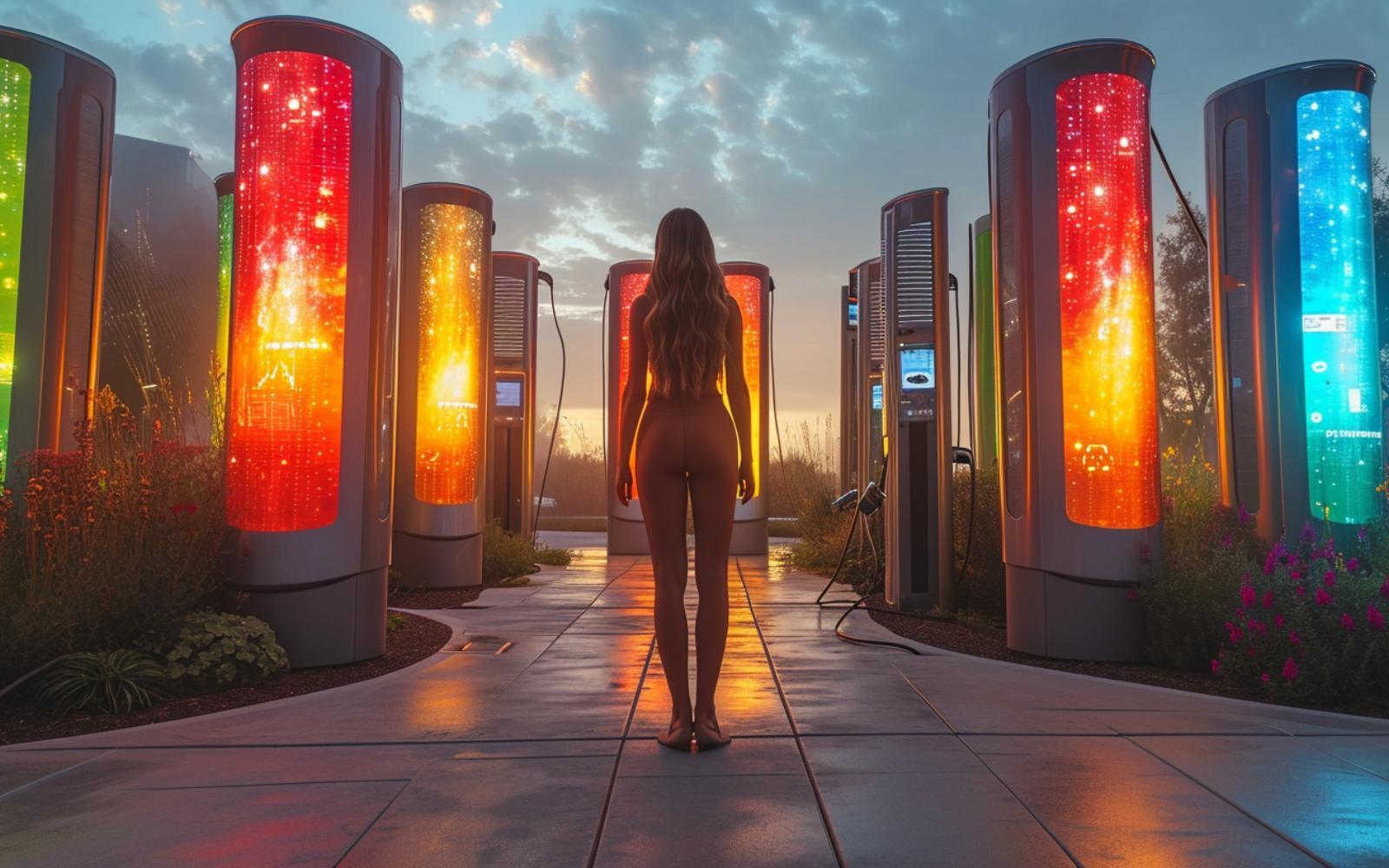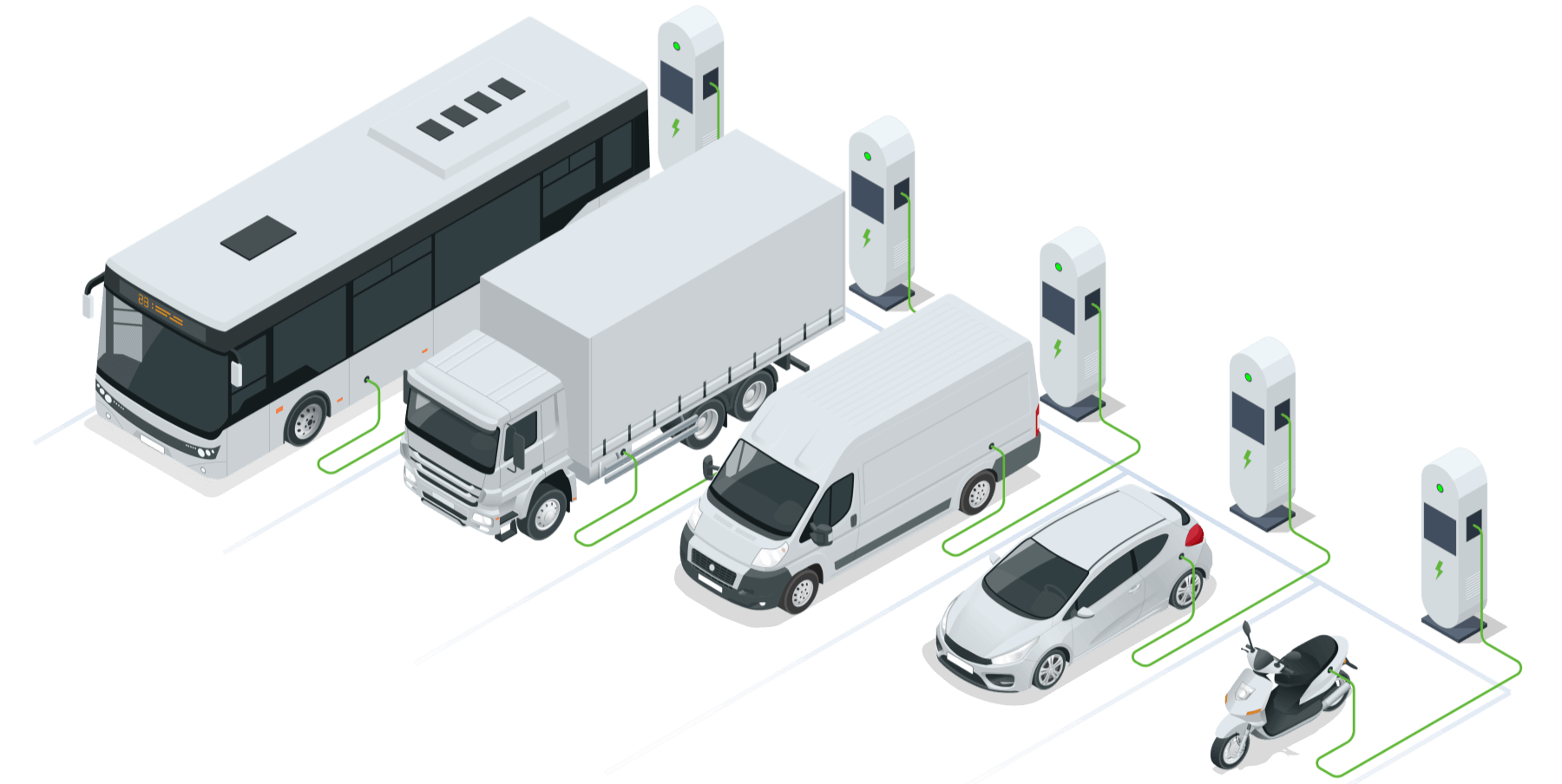How to choose ev chargers – EVSE Experiences 05

Preface
Choose EV chargers
Please pay attention to factors such as budget, market demand, and usage scenarios, and avoid blindly following trends that may result in wasted funds or prolonged investment return cycles.

Type of EV Chargers
a. Level 1 chargers (120V AC)
Level 1 chargers use a standard household outlet for slow overnight charging and are commonly included with electric vehicles.
b. Level 2 chargers (240V AC)
Level 2 chargers, operating at 240V AC, provide faster charging than Level 1 and are commonly found in homes, workplaces, and public stations for daily charging needs.
c. Portable chargers
Portable chargers are Level 1 chargers that can be used in emergencies or when faster charging options are not accessible.
d. DC fast chargers (Direct Current)
DC Fast Chargers provide rapid charging by supplying direct current (DC) power to vehicles, bypassing the onboard charger. They are commonly found along highways and in commercial areas, with different standards such as CHAdeMO, CCS, and Tesla Supercharger.
e. CCS (Combined Charging System) chargers
CCS is a fast charging standard that combines AC and DC connectors into one plug, widely adopted by European and North American automakers for high-speed charging.
f. CHAdeMO chargers
CHAdeMO is a direct current fast charging standard developed in Japan and widely used by multiple Asian automakers to provide high-speed charging for electric vehicles.
g. Tesla superchargers
Tesla Superchargers are fast chargers exclusively for Tesla vehicles, offering high-speed charging along major travel routes.
h. HPC chargers
Being the core component for high voltage or high current, with a maximum charging speed of 6C per individual charger, the vehicle can increase its range by an additional 1 kilometer in just one second.
h. Bi-Directional chargers (V2G)
These chargers not only charge the vehicles, but also enable them to supply power back to the grid, achieving vehicle-to-grid connectivity (V2G) and contributing to grid stability during peak demand.
h. Wireless charging
Wireless EV charging eliminates the need for physical cables by using inductive or resonant wireless technology, allowing vehicles to automatically charge when parked over a charging pad.

Based on the Usage Scenario
a. Home/suburban villa
AC: Level 1 / Level 2 / portable
DC: V2G / Low power DC
EVs can charged at a slow pace while owners sleep at night, eliminating the need to wait until fully charged before unplugging. This allows for sufficient charging overnight.
b. Public use
AC: 22kW+ Level 2 EV chargers
DC: 60kW+ EV chargers
Direct current (DC) charging stations are a faster option primarily used in community parking lots, highway service areas, and other locations where faster charging speeds are required. However, most electric vehicles can also be charged using alternating current (AC) charging stations, especially in places like office parking lots where longer periods of parking are involved.
c. Commercial use
DC: 120kW+ fast EV chargers
Commercial EV charging stations aim to enhance profitability, with faster DC chargers reducing vehicle downtime. Additionally, high-power DC charging stations can set higher pricing.
d. Fleet use
DC: 240kW+ fast EV chargers
It’s aims to provide convenient, reliable, and customized electric vehicle charging solutions for corporate or institutional fleets. For example, electric buses, electric trucks, etc., this helps promote the transformation of operational fleets and facilitate sustainable transportation.
e. At retail
AC: Level 1 / Level 2 / portable
DC: Low power DC
The retail market primarily caters to individual buyers, aiming to provide stable and secure chargers. In addition to chargers, it can also offer accessories such as cables, plug adapters, and stands.

Summary of Choose EV Chargers
Different usage scenarios, user aesthetics, vehicle dwell time, and vehicle types can affect the speed, standards, control software, and human-machine interface of chargers, thereby providing flexible, convenient, and efficient charging solutions that are tailored to specific usage scenarios.


0 Comments